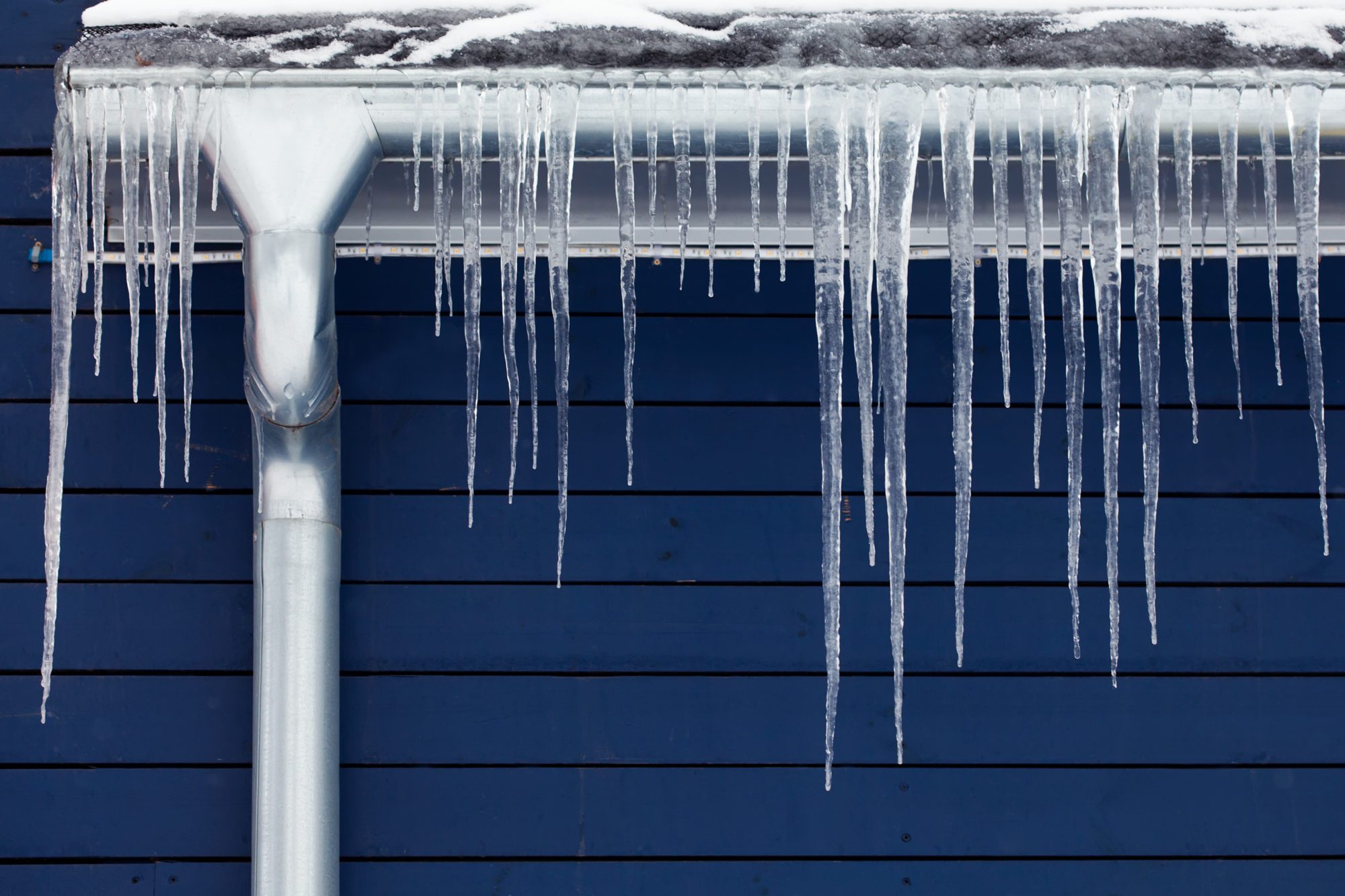Advice for Preventing Frozen Plumbing in Cold Weather: Professional Advice
Advice for Preventing Frozen Plumbing in Cold Weather: Professional Advice
Blog Article
How do you really feel with regards to Winter Plumbing Precautions: Preventing Frozen Pipes?

Winter can damage your plumbing, particularly by freezing pipelines. Below's exactly how to prevent it from taking place and what to do if it does.
Introduction
As temperature levels decrease, the risk of frozen pipelines increases, possibly leading to expensive repair work and water damages. Understanding just how to prevent frozen pipelines is crucial for property owners in chilly environments.
Comprehending Icy Pipelines
What creates pipes to freeze?
Pipelines freeze when subjected to temperatures below 32 ° F (0 ° C) for extended durations. As water inside the pipelines freezes, it broadens, putting pressure on the pipeline walls and potentially creating them to break.
Threats and damages
Icy pipes can bring about water system disruptions, residential or commercial property damage, and pricey repair work. Ruptured pipelines can flooding homes and create comprehensive architectural damage.
Signs of Frozen Water Lines
Determining icy pipelines early can prevent them from breaking.
Exactly how to identify icy pipes
Look for lowered water flow from taps, unusual odors or sounds from pipelines, and visible frost on revealed pipes.
Prevention Tips
Protecting at risk pipes
Wrap pipes in insulation sleeves or utilize warmth tape to shield them from freezing temperatures. Focus on pipes in unheated or outside areas of the home.
Heating methods
Maintain indoor rooms sufficiently heated up, particularly locations with plumbing. Open cabinet doors to allow warm air to circulate around pipelines under sinks.
Protecting Exterior Pipes
Garden hose pipes and outdoor taps
Separate and drain garden tubes before wintertime. Mount frost-proof faucets or cover outside taps with insulated caps.
What to Do If Your Pipes Freeze
Immediate actions to take
If you presume icy pipelines, keep faucets open up to eliminate pressure as the ice thaws. Utilize a hairdryer or towels taken in warm water to thaw pipes gradually.
Long-Term Solutions
Architectural adjustments
Think about rerouting pipes away from exterior walls or unheated areas. Include additional insulation to attics, cellars, and crawl spaces.
Updating insulation
Invest in premium insulation for pipes, attic rooms, and walls. Correct insulation assists keep constant temperatures and lowers the risk of icy pipes.
Verdict
Stopping icy pipes calls for proactive procedures and quick reactions. By recognizing the causes, indications, and preventive measures, home owners can secure their plumbing during winter.
5 Ways to Prevent Frozen Pipes
Drain Outdoor Faucets and Disconnect Hoses
First, close the shut-off valve that controls the flow of water in the pipe to your outdoor faucet. Then, head outside to disconnect and drain your hose and open the outdoor faucet to allow the water to completely drain out of the line. Turn off the faucet when done. Finally, head back to the shut-off valve and drain the remaining water inside the pipe into a bucket or container. Additionally, if you have a home irrigation system, you should consider hiring an expert to clear the system of water each year.
Insulate Pipes
One of the best and most cost-effective methods for preventing frozen water pipes is to wrap your pipes with insulation. This is especially important for areas in your home that aren’t exposed to heat, such as an attic. We suggest using foam sleeves, which can typically be found at your local hardware store.
Keep Heat Running at 65
Your pipes are located inside your walls, and the temperature there is much colder than the rest of the house. To prevent your pipes from freezing, The Insurance Information Institute suggests that you keep your home heated to at least 65 degrees, even when traveling. You may want to invest in smart devices that can keep an eye on the temperature in your home while you’re away.
Leave Water Dripping
Moving water — even a small trickle — can prevent ice from forming inside your pipes. When freezing temps are imminent, start a drip of water from all faucets that serve exposed pipes. Leaving a few faucets running will also help relieve pressure inside the pipes and help prevent a rupture if the water inside freezes.
Open Cupboard Doors
Warm your kitchen and bathroom pipes by opening cupboards and vanities. You should also leave your interior doors ajar to help warm air circulate evenly throughout your home.

I recently found that content on 6 Ways to Prevent Frozen Pipes when surfing the web. Sharing is nice. You won't know, you may just be helping someone out. Thank-you for your time invested reading it.
Book A Service Report this page